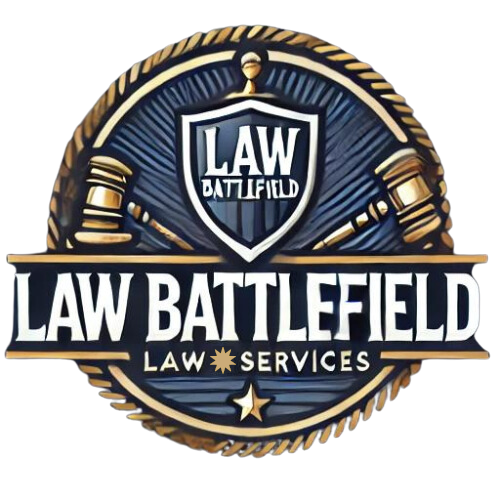Whether in a buzzing classroom or a fast‑paced office meeting, collaboration is the key to success. But how much can your tools support — or limit — that collaboration?
Traditional whiteboards have been the default choice for decades, yet their flat, rigid, and ergonomically outdated designs often hold back the full potential of group interaction. Teachers end up working around physical discomfort, while office teams crowd into limited spaces, leaving participants disengaged.
It’s time for an upgrade. Ergonomic whiteboards — especially curved models like the Human Design Board — are transforming collaboration by making shared surfaces more accessible, interactive, and productive.
Here are five reasons why an ergonomic whiteboard improves collaboration in classrooms and offices.
1. Full-Surface Accessibility Encourages Participation
Flat boards create “dead zones” at the top and bottom, areas that are hard or uncomfortable to reach. Curved ergonomic whiteboards solve this problem by aligning with the natural arc of human arm movement, making every inch usable.
- Classrooms: Students of all ages can comfortably step up and contribute.
- Offices: Teams can spread ideas across the board without feeling restricted to a single cluster in the center.
When the entire surface is accessible, more people engage, and contributions feel effortless.
2. Better Flow For Teaching & Facilitation
For teachers and meeting leaders, a smooth presentation flow is essential. Ergonomic boards allow for logical content layering — for example:
- Keeping reference material(formulas, KPIs) at the top.
- Displaying main contentin the center for active discussion.
- Using the lower arcfor quick contributions or brainstorming.
This structure prevents constant erasing and rewriting, allowing lessons or meetings to flow naturally without interruptions.
3. Comfortable, Strain-Free Collaboration
Reaching, bending, and twisting to use flat boards can cause fatigue, especially in long teaching sessions or multi-hour workshops. Ergonomic whiteboards are designed for human-centered use, reducing physical strain for teachers, students, and professionals alike.
When people are comfortable, they can focus more on the content — not their posture. This results in longer, more productive collaboration sessions.
4. Multiple Users, One Board
A flat board often turns collaboration into a “one person at a time” activity. Curved boards create a more inclusive writing space, inviting multiple people to work side by side.
- In classrooms: Group exercises and peer-to-peer teaching become easier.
- In offices :Design sprints, brainstorming sessions, and agile planning benefit from simultaneous inputs.
Collaboration feels more dynamic when everyone has space to contribute.
5. A Modern, Engaging Workspace
Workspaces and classrooms aren’t just functional — they set the tone for learning and teamwork. Ergonomic boards add a modern, visually appealing touch that signals innovation and inclusivity.
- Studentssee a space designed for them to engage.
- Employeesfeel motivated to participate in a collaborative, forward-thinking environment.
It’s a small change with big cultural impact.
The Human Design Board: Collaboration Reimagined
The Human Design Board by AnatomiQ brings these benefits to life with:
- A patented curved surfacefor ergonomic, full-surface access.
- Award-winning designthat merges aesthetics with usability.
- Versatilityfor classrooms, corporate spaces, and creative studios.
Whether you’re teaching students or leading a project team, the Human Design Board turns whiteboarding into a true collaborative experience.
Conclusion: Small Changes, Big Collaboration Gains
An ergonomic whiteboard isn’t just a tool upgrade — it’s a collaboration enabler. By improving accessibility, reducing strain, and creating space for multiple contributors, it transforms classrooms and offices into interactive, inclusive environments where ideas thrive.
Ready to reimagine collaboration?
Discover the Human Design Board at AnatomiQBoard.com.
Was this article helpful? Check out more on Lawbattlefield.com





